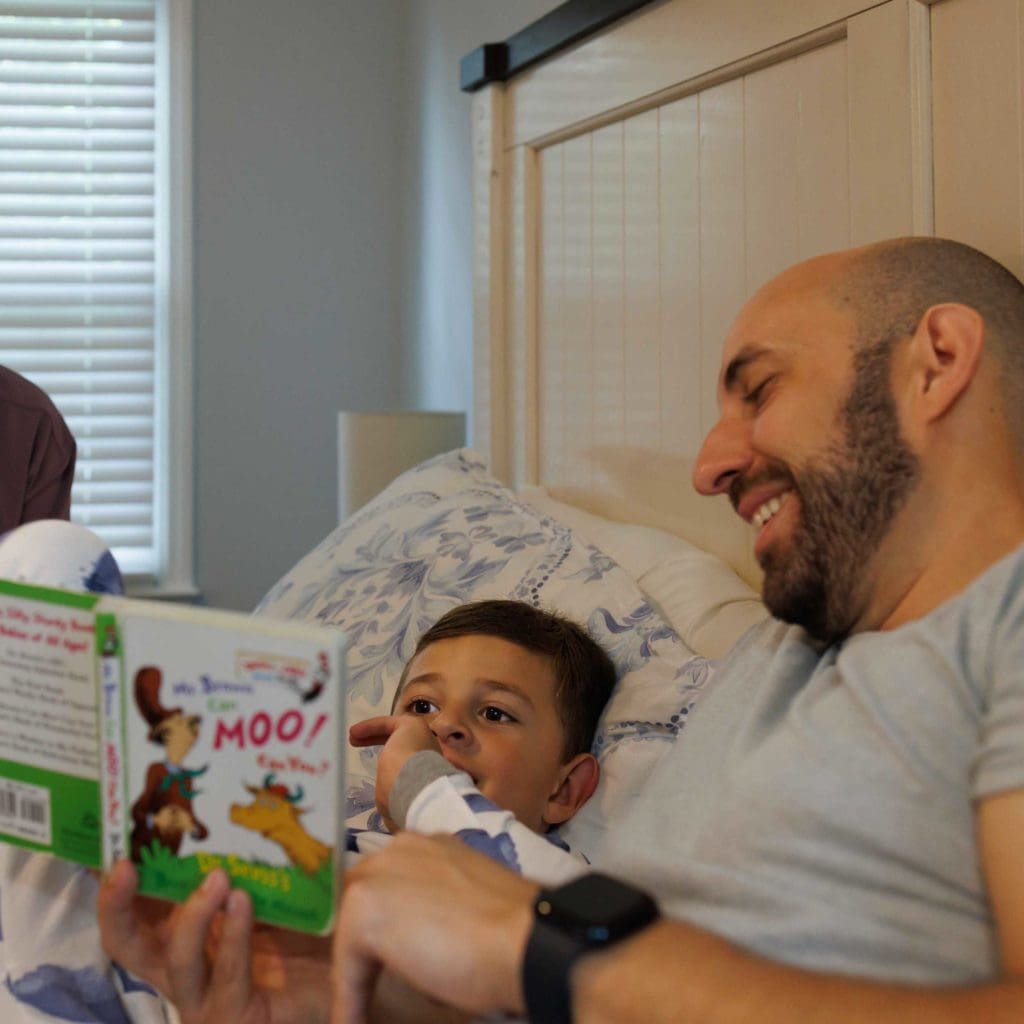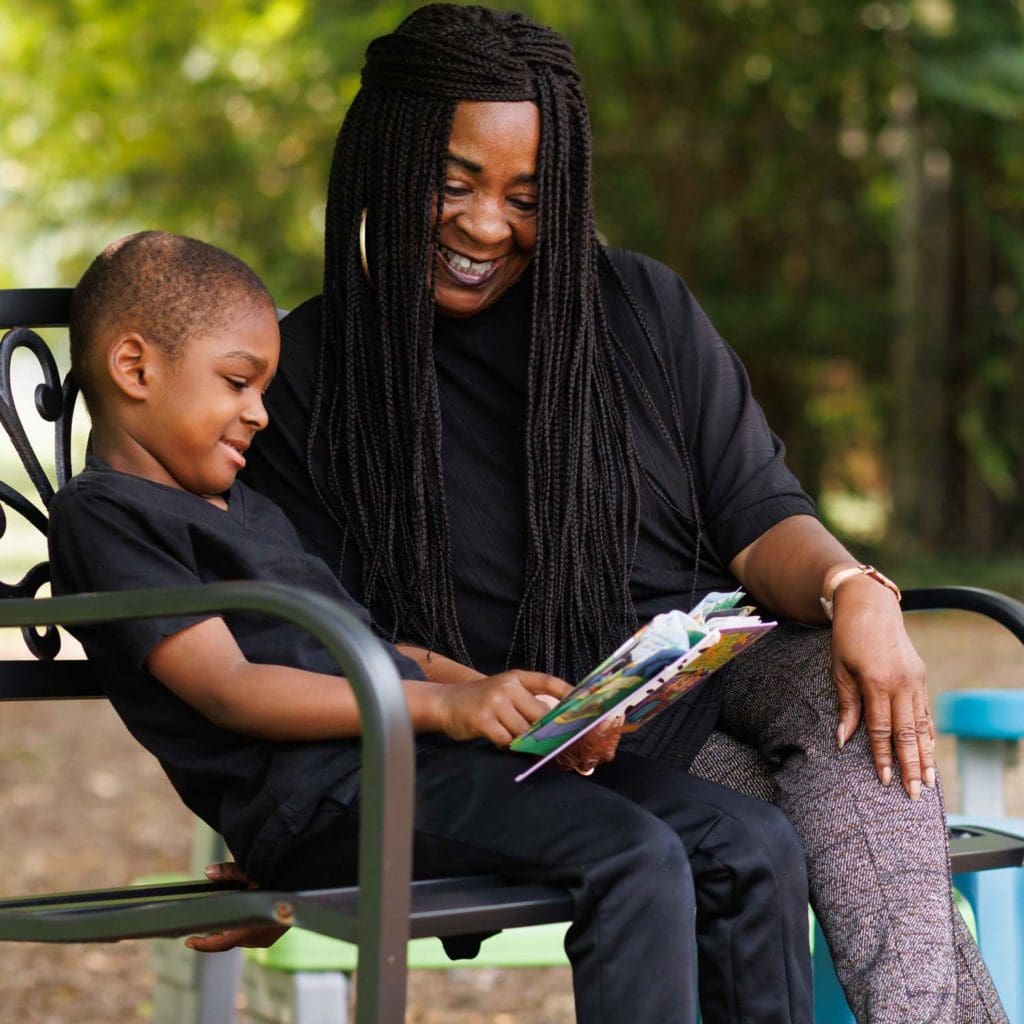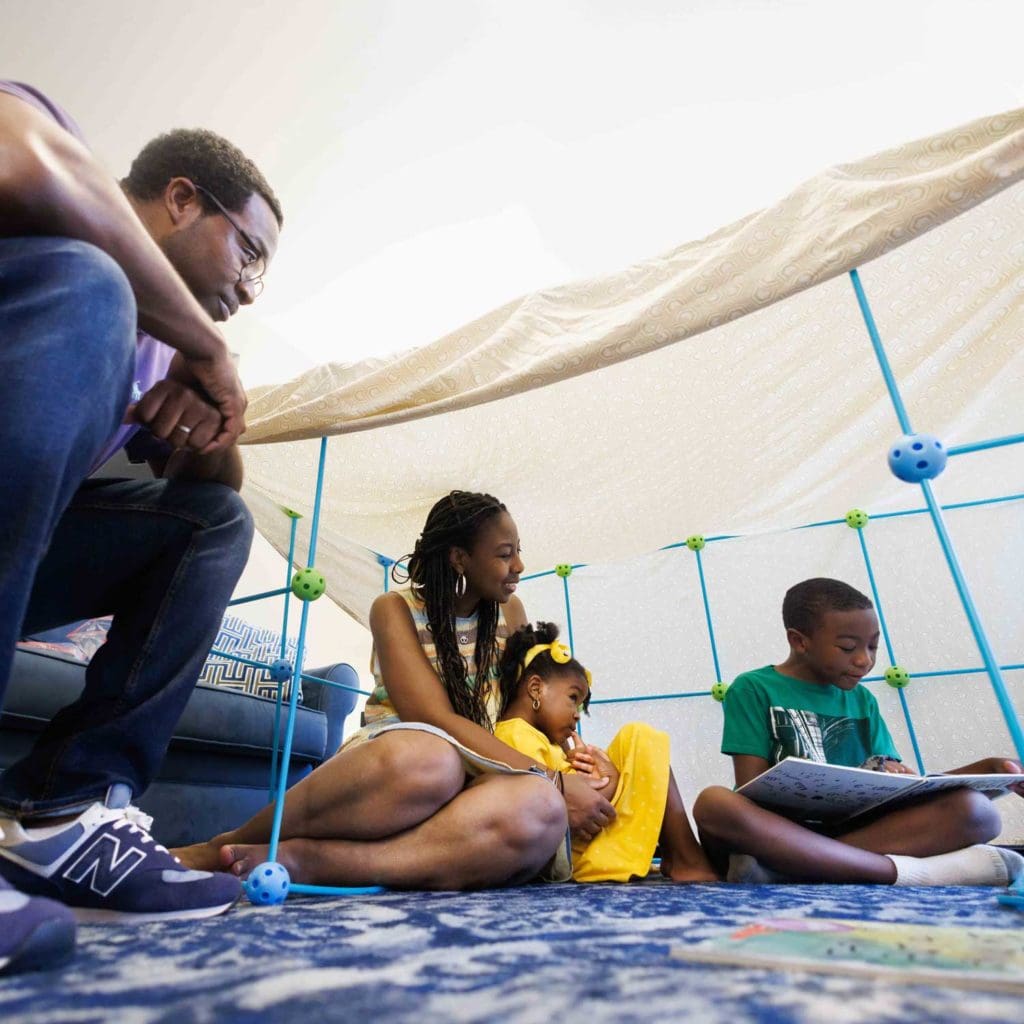Kindergarten to Third Grade
Reading together can be done anywhere, at any time. Explore different ways of developing reading skills through reading together, and find what works for your family!
Read to your child
Child's choice
Let your child choose from a wide variety of options, like chapter books, nonfiction books, magazines, or digital books. Don’t worry if it’s above their reading skills – that exposes them to more advanced reading and vocabulary.
Fun for all
Have some fun with reading! Use voices, expression, or movement to bring stories to life, or try alternative reading methods, like audiobooks or ebooks, to change up your routine.
Keep it up
Read to your child no matter how well they can read on their own. Children benefit from stories being read to them.
Teachable moments
Use books to teach about difficult lessons or topics, like moving, making new friends, or perseverance. Look for books that have characters like your child, and that mirror their experiences.
Extended experiences
Extend a story you and your child love by finding related activities, like cooking together, exploring somewhere new, or researching an interesting topic online.


Read with your child
Your turn
Involve your child in the story by taking turns reading, or reading the same words out loud together.
Ask questions
Stop occasionally and ask your child questions about the book.
Build vocabulary
When you see a word that’s new to your child, finish the sentence and then stop and talk about the new word. Try re-reading the sentence so that they hear the word again, too.
Connect to the child’s world
Ask your child if whatever is happening in the story has happened to them, like visiting a new place or meeting a new friend. Have they seen whatever is being described (things like a bug or a thunderstorm)?
Your child reads to you
Teamwork
When your child reads to you, work together to find answers to questions in other books or sources of information.
Time
Give your child space to read at their own pace. Give corrections when you see frustration, but allow them time to work through words on their own, even if they make mistakes.
Creative spaces
Make reading aloud a fun activity your child looks forward to by giving them an audience of siblings, grandparents, or even stuffed animals! And try working it into everyday moments, like when your child is playing outside or riding in the car.
Lots of variety
Explore non-traditional book formats, like digital books or special apps.

If English is a second language for your family, read together with your multilingual child in your native language. Building vocabulary, oral language, and listening comprehension skills in a child’s first language supports the process of learning the same skills in English.

